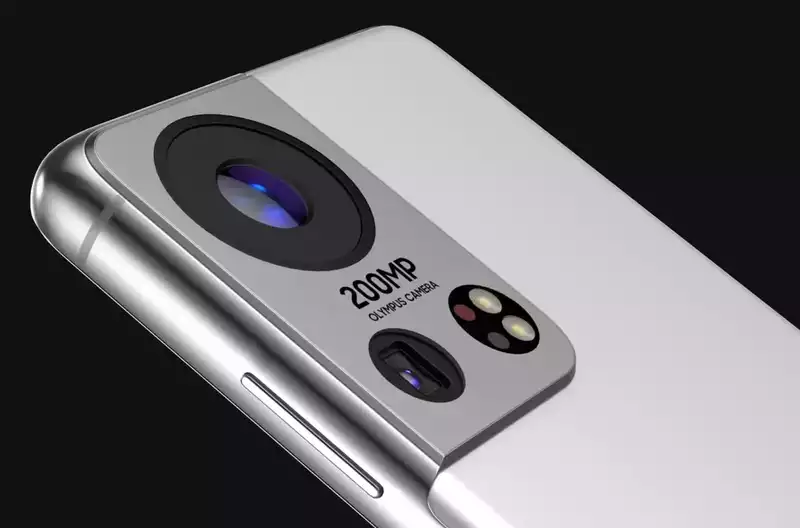Samsung and AMD seem to be coming up with something good for the next Exynos mobile system-on-a-chip, if leaked benchmarks are to be believed. There are also rumors that Samsung is testing several different Exynos configurations and we may see the results as soon as the Galaxy S22.
AMD is well known in the PC market as a competitor to CPU giant Intel and graphics giant Nvidia. The company has undergone a major transformation over the past five years and is behind the Xbox Series X and PS5.
And now AMD has partnered with Samsung to create a mobile GPU powerhouse. Recently, we have seen several different reports about Samsung and AMD's plans.
Ice Universe, a reliable leaker, posted Wild Life's alleged results on Twitter. The graphics benchmark result was 8,134 points with an average FPS of 50.3, a very impressive result for an Android phone.
Note that this benchmark is not only from a leak, but also from a single score; Ice Universe even stated that other results varied, so these numbers are not definitive.
Another point Ice Universe makes is that the chip that produced these results is based on the Cortex A77 architecture. This could mean that Samsung was testing only GPU performance without concern for CPU performance. It is also possible that the chips used in this leaked benchmark will never see the light of day.
So what do these scores mean? For reference, the current performance king of smartphones, the iPhone 12 Pro Max, scored 6,618 points in our test using the Wild Life test. This model averaged 39 frames per second. And the most powerful Android phone ever, the OnePlus 9 Pro, scored 5,756, averaging 34.47 fps.
As you can see, this Exynos GPU may upset the current balance: the iPhone 13 with the A15 Bionic chip will be available soon, but not before a chip with this new AMD GPU. Still, the difference between the A14 scores we have and the scores in this leak is stark.
On Twitter, Tron mentioned four Exynos variants under test. Two of them use the Cortex X1 core, one uses the new Cortex X2, and the last one uses the tried and true Cortext A78 core. the X2 was just recently announced by ARM running on the Armv9 architecture. it promises a slight It promises a slight performance improvement over the Cortex X1.
There is a lot of chip talk in these reports, but the gist is that one of Samsung's Exynos variants will likely use one Cortex X2 for the heavy lifting (like gaming) and feature three other large cores and four smaller cores, like other ARM system-on-chips. This means that they are likely to be.
There is speculation that one of these Exynos test samples may end up as a new mid-range chip, possibly replacing the Exynos 1080.
Additionally, AMD will provide a GPU for the upcoming Exynos. Two of the prototypes feature mRDNA GPUs with four compute units; given the success of AMD's RDNA architecture in desktop and console use cases, a mobile version is highly promising. One of the other variants features a GPU with two compute units, while the final test sample features a single compute unit.
AMD's involvement could push the next Exynos chips to Apple-like performance and leave Qualcomm's Snapdragon chips behind in graphics performance. Keep in mind, however, that this speculation is based on supposedly leaked benchmarks. It remains to be seen how this chip will perform in real life.
While this is all speculation and inside information, it is nonetheless exciting for future cell phone development. Historically, Exynos chips have lagged behind Snapdragon products and do not come close to what Apple's silicon can do.
Whatever configuration Samsung settles on (what we think it will call the Exynos 2200), it could power at least some of the Galaxy S22 models. This could mean that Samsung's upcoming Galaxy S phone will be a mobile gaming powerhouse. It will be nice to see this new Exynos land in the U.S., as it will be a great addition to our mobile gaming arsenal.
.









Comments